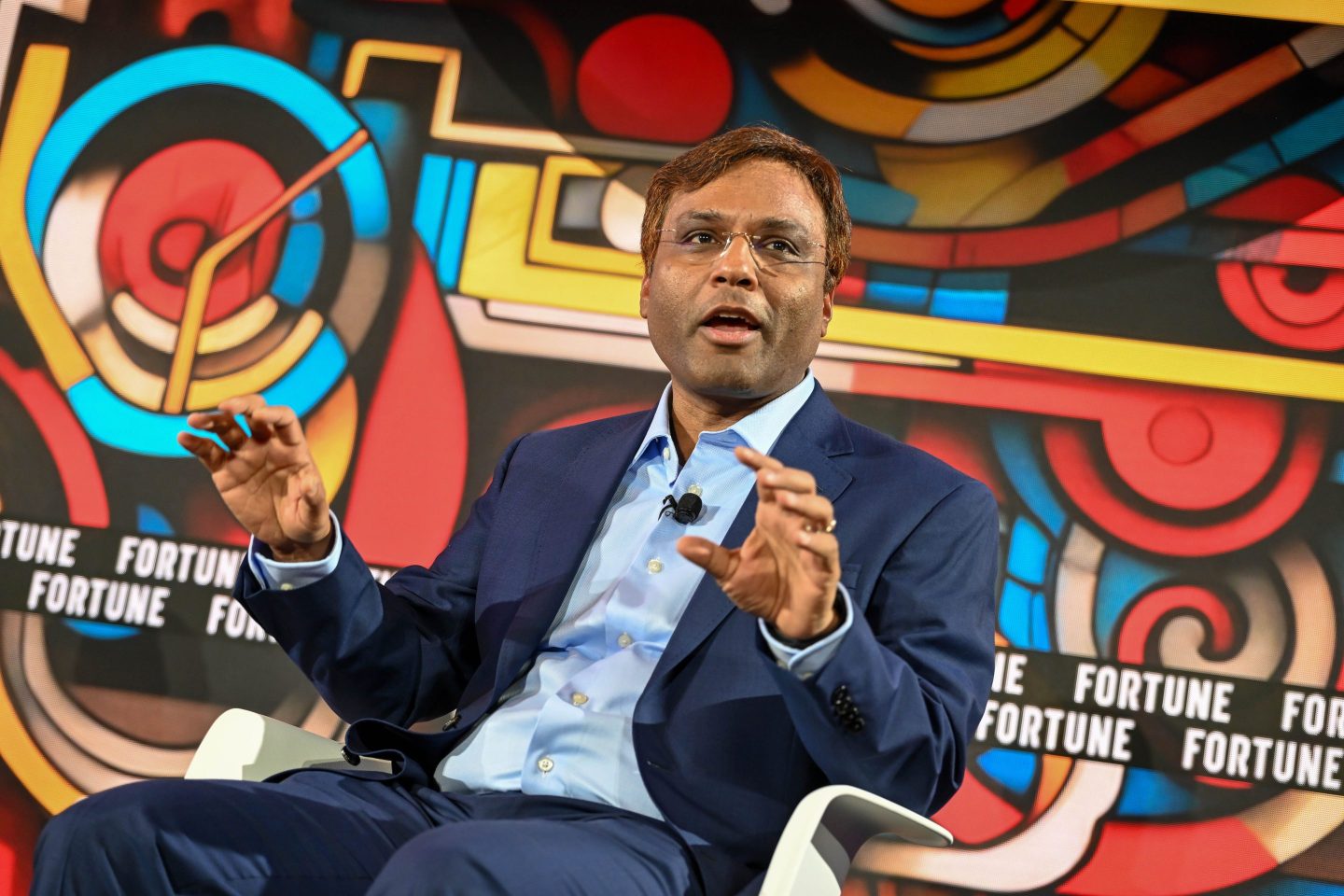Robots these days can stack boxes in warehouses, weld seams in a Corvette, and even vacuum your rugs. Now a New Jersey startup called Boomerang has a new twist on this technology — robots that can park your car. Here’s how it works:
As you pull into a parking bay, you stop your car atop a large steel tray. Next, punch your code into a panel, and the Boomerang system knows who you are and if applicable, can charge your account with any parking fees. At that point a battery-powered robot, about as big as a king-size mattress, but much thinner, slides under the tray and lifts the vehicle two inches above the floor.
The robot then moves the car off to an available parking space, following a wire buried in the floor. These robotic valets can communicate with each other, and like a sort of Rubik’s Cube, shift cars in and out of tight space to get a car buried deep in the lot. bf
The car can be parked within a quarter inch of accuracy. When it’s time to retrieve your car, you can alert the system by smartphone, and it will have your wheels waiting.
Why bother with all this technology for something as mundane as parking a car? Says CEO Mark Patterson, who previously ran Merrill Lynch’s real estate business: “The value proposition is that we can put 100% more cars in the same space.” Because Boomerang’s system eliminates the need for parking attendants, car doors don’t need to be opened after the vehicle is parked by the robot, meaning more can be packed tightly together. The robots canf also pivot the cars 360 degrees, meaning there’s no need for long, winding ramps — the cars rise up and down an elevator, and then the robots carry them to empty spots.
Real estate developers like the system because it frees up extra floors that now can be used for condos or retail space. That potentially adds up to tens of millions in extra revenues for the developer — way more than enough to pay for the system, says the company. Boomerang adds that existing parking garages can be retrofitted, and the system will eventually pay for itself. Also, because the robot garages don’t need to be highly lit or ventilated — robots don’t have lungs or eyes — the energy savings are huge.
Boomerang was co-founded by Chris Mulvihill, who is now President and comes from a family that used to own S&S Worldwide, a major manufacturer of roller coasters and other thrill rides with installations in 32 countries, and customers including Disney, MGM, and Six Flags. At Boomerang, Mulvihill has hired designers and engineers who previously worked for S&S. Says he: “We saw that the expertise and computer control systems from our roller coasters could be put to use moving cars efficiently in parking lots.” Boomerang, now a public company, is headquartered in Florham Park, N.J. and does its manufacturing in Logan, Utah.
The potential market for robot garages is huge. The product should appeal to customers wherever land is at a premium such as airport car rental locations, universities, downtown apartment and retail developments, and even at transit hubs. The company believes there are as many as one billion parking spaces in the U.S. Even to robotize 5% or 10% of those would constitute a considerable market. So far, Boomerang, which is not yet profitable, has 14 contracts for 4,250 spaces — worth a total of $51.5 million in future revenues.
The company faces a few challenges. Will the technology work reliably, and how many developers of multimillion dollar projects are willing to bet on a thinly capitalized startup? Also, the technology is off the shelf — Kiva, the robotics company that Amazon acquired, uses similar machinery to move boxes in warehouses. What’s to stop it from getting into Boomerang’s market?
That said, Boomerang has eliminated at least one time-old parking problem — that mysterious dent in your car door.
A shorter version of this article appeared in the April 08, 2013 issue of Fortune.











